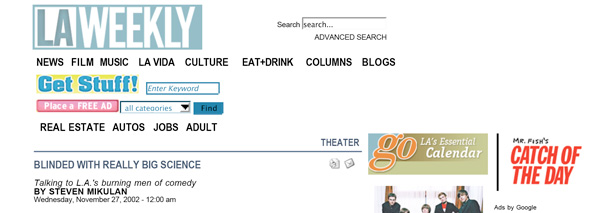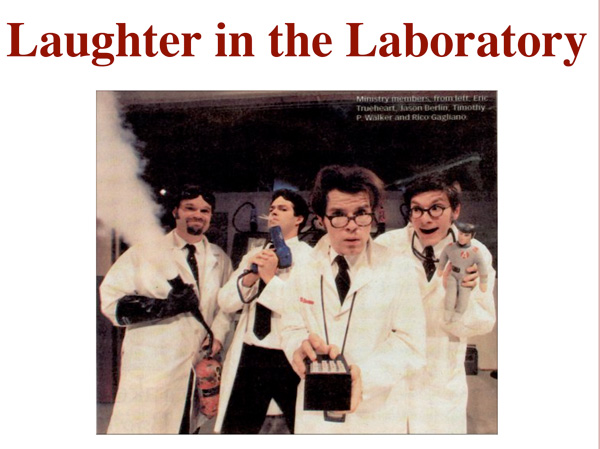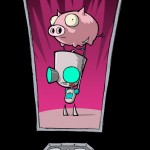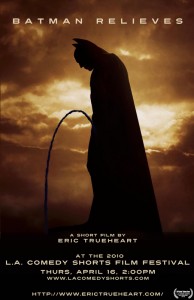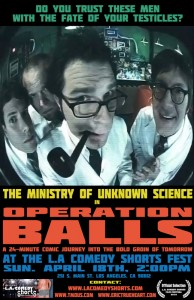There’s this thing in television called a Bible. It’s called this because people in television are generally deeply spiritual, love Jesus, have friendly relations with altar boys and… Aw, I can’t go on.
Now, A “show bible” — for those few of you unfamiliar — is a document that summarizes everything you would need to know about a television show in production: the premise, the characters, the kind of stories you tell, etc. etc. When you’re pitching the show, you put together a small version of this. The smaller the better, really, because the big unspoken rule in Hollywood is that nobody likes to read. (So I don’t have to worry about offending potential employers by speaking it here.)
However, once you’ve convinced the network gatekeepers to fork over a pile of cash to make your idea, you make a separate bible for the writers. This one is more detailed, outlining the ins and outs of each character, how they relate to each other, the stories you’ve already written, and whether there are guiding themes and motifs in the show… like, say, “prison rape” in the case of HBO’s hard-hitting drama “Oz.”
Some people really like to have every last element of the series nailed down before they jump into production… and by “people,” I generally mean “executives with a lot to lose.” I’ve really made a point to not be biased against the proverbial “suits.” They’re people with jobs to do just like anyone else, and I’ve worked with a lot of really good ones. Problems arise only when, like many people do in this world, they make their decisions out of fear rather than inspiration.
The other day I was in a meeting with one of the writers on the original “Rugrats” cartoon series. I’m sure remember the squiggly-drawn talking babies that kept Nickelodeon on the map throughout the 90’s. I hope I’m not telling any tales out of school here if I recount his little Bible story:
After the first season of 13 half-hour stories, the “Rugrats” staff realized they needed to sit back and take stock of how the show had turned out. They’d started with a direction and, yes, a bible, but, as things tend to happen in an uncertain world, the show had evolved in ways they hadn’t anticipated. Once the characters had been cast with voice actors, once the details of the world had been hammered out in scripts, and once they whole operation was on its animated feet and dancing its animated jig, the show took on life of its own.
And thus they decided they needed a new bible to reflect this.
And thus did the writer go back and create a truly voluminous and stunning document laying out everything inside the show they had all come to know: the character histories that now made more sense, the little details of the lives of these cartoon people, and yes, even the catch-phrases everyone loves to program into talking toys.
Years later this writer was hired to develop another show for a network which may or may not be Nickelodeon. He’d been laboring away, hammering the show bible into a finely-hammered thing, when one day the executive walks into the writer’s office and declares, “We need a bible like this!” and throws down on his desk the “Rugrats” bible. The second “Rugrats” bibe. The one that they could only write because the show had been on for a year.
“I know that bible,” the writer said, “I wrote it.”
So what are we to take away from this story, true believers? One, wash your hands after every meal as well as before. Two, never take a fistful of “E” on a bellyful of beef. Three, follow the trail of money and you’ll find your perp.
And lastly, to the thoughtful, well-meaning, good-people executives out there: Yes, your job is to be on top of things, and yes, when things go wrong it’s your neck on the block, but sometimes there’s no other way than to let the creative process run its course before you really know what you’ve got.
There. That’s my irritating wisdom for the day. If you ever use it, please send me a check and a few back issues of “Highlights” magazine. Goofus and Gallant make me tingly.

